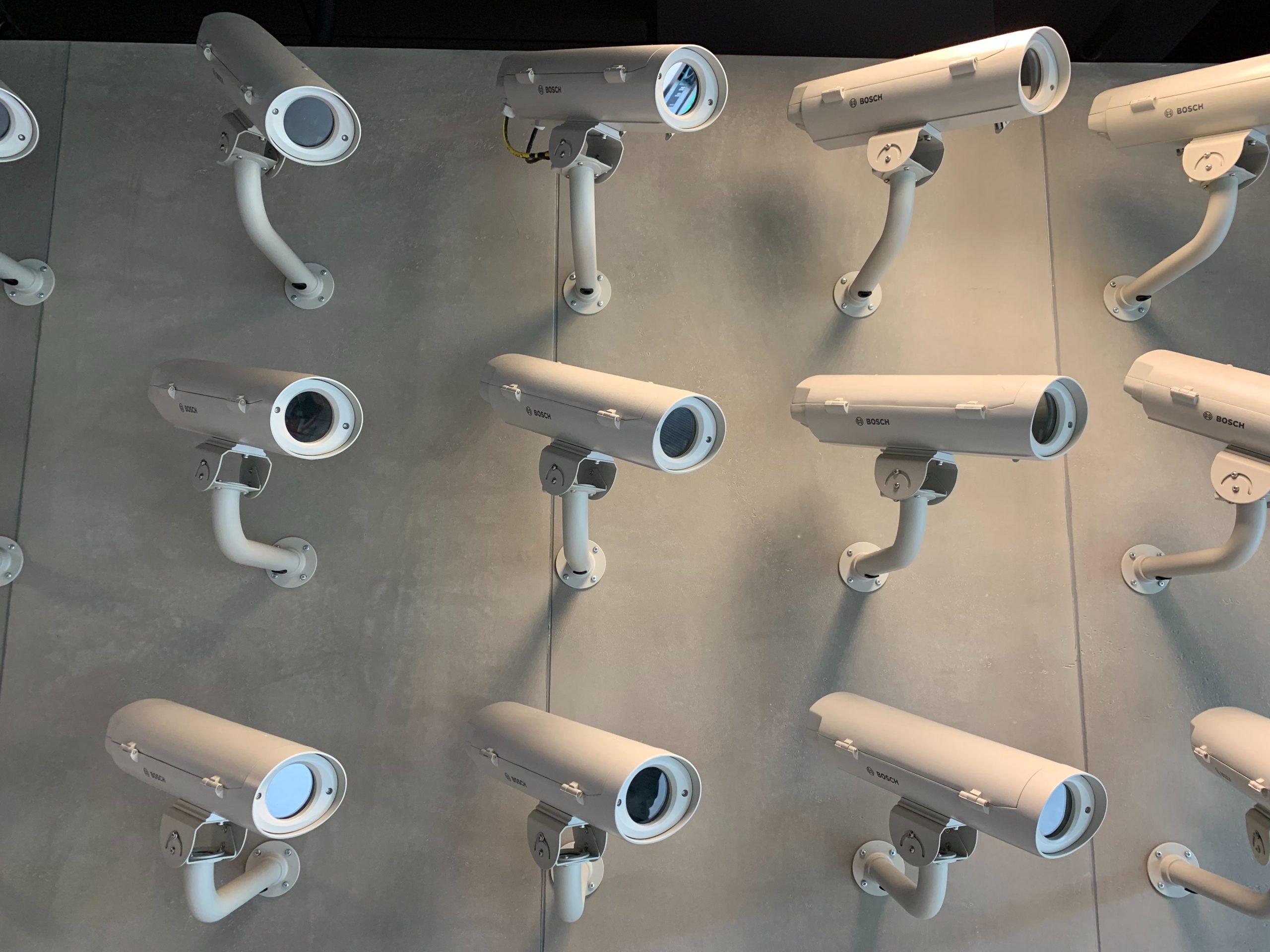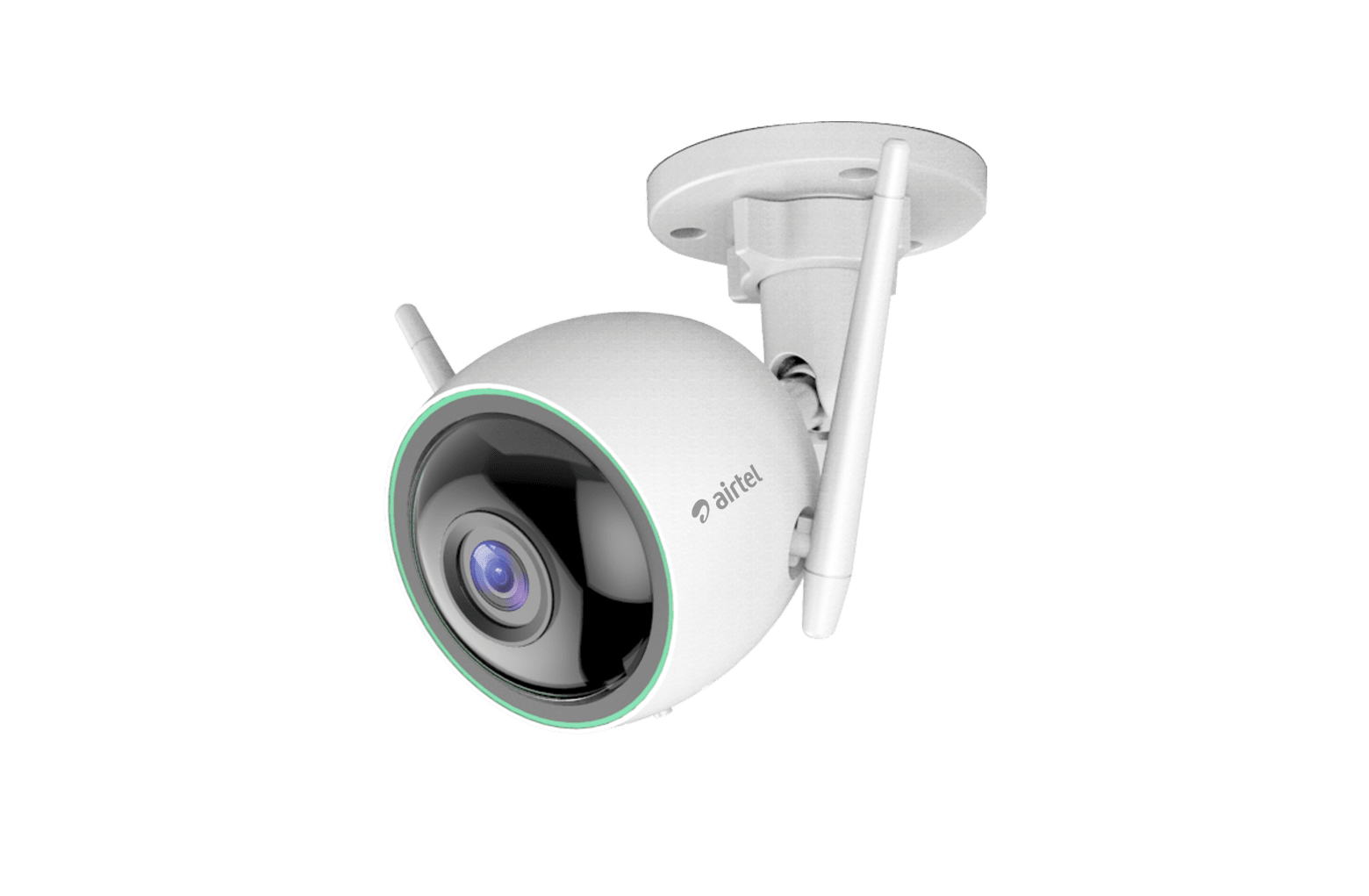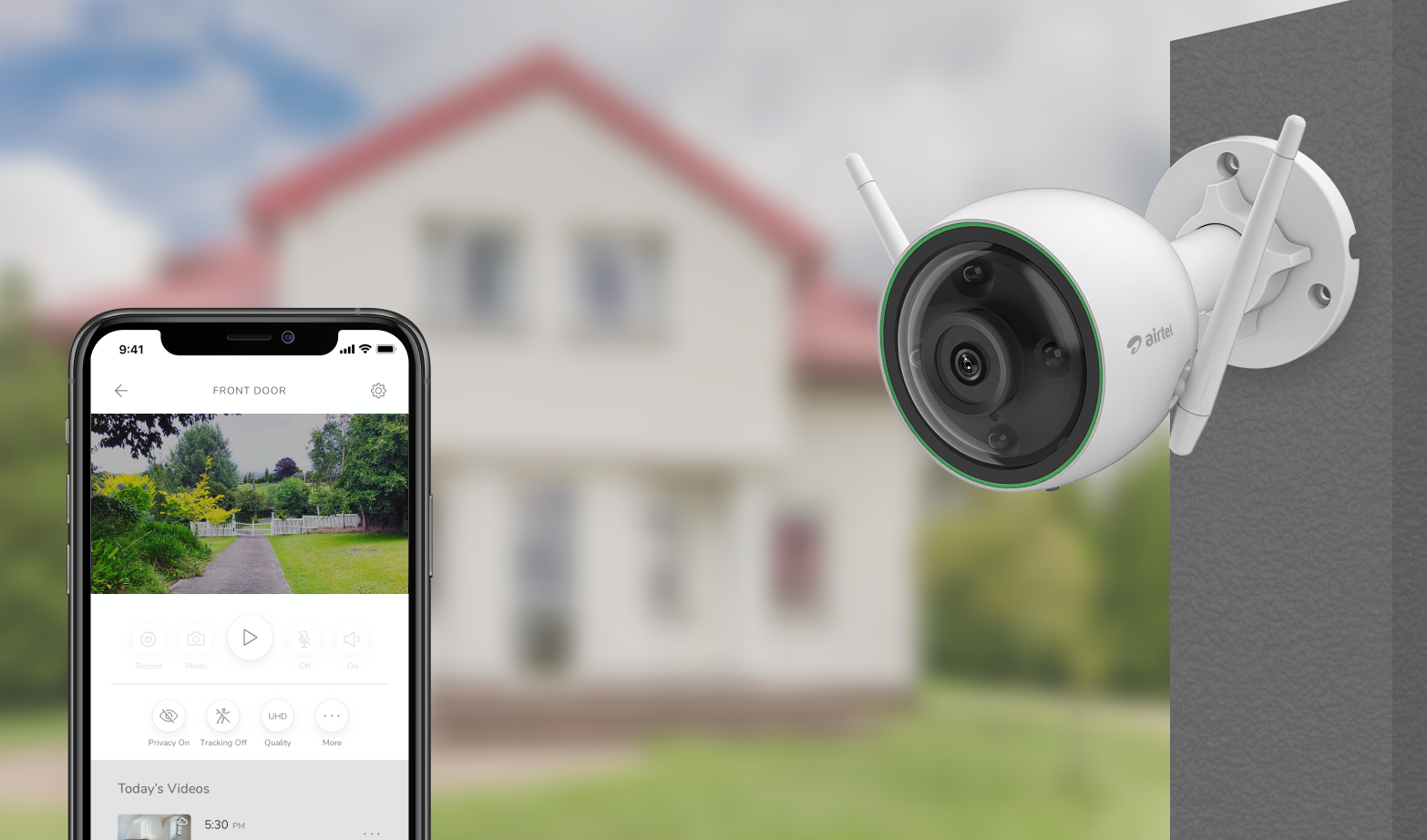CCTV Cameras are the most widely helpful as video security system. The use of CCTV cameras has increased tremendously worldwide because of their various benefits. These cameras have been around for a long time and have undergone many changes over the years. In this article, we will look at the history and evolution of CCTV camera. We will also have a look at some statistics on their use today. But let’s first understand the basics.
What is CCTV Camera?
CCTV Cameras are widely helpful to record images and store them in a digital video recorder (DVR). These cameras are helpful for surveillance purposes to monitor activities that take place in an area. However, they also have other uses. It can also be helpful to monitor traffic, parking lots, or even school grounds. These cameras help in identifying criminals by capturing their image which can then be help as evidence in court against them. It also helps deter crime by making people more aware of being watched. It leads them to reduce certain behaviours like vandalism or theft when they know that someone could catch them in action.
Evolution and History of CCTV cameras
CCTV cameras came into existence with a great history. Let’s study it in four phases.
Phase I
The first ever documented use of a CCTV camera happened in 1942 in Germany during the World War II era. Back then, the Germans used cameras to observe the firing of rockets. Also, monitors and cameras were the only two components in that architecture. There was no ‘view later’ option available. Only live monitoring was possible.
Phase 2
Even though there was no big evolution in CCTV camera post the 40s, the 60s came with the next breakthrough. During this time, multiple cameras could be connected to a single monitor. It also came with an introduction of a switch box. And that allowed users to change between multiple cameras on one monitor. However, it still lacked somehow because only one camera could be viewed at once.
After that in the 70s, additional systems like solid-state cameras, VCRs and multiplexers came into the picture. These three systems gave a push to CCTV technology where each contributed to the evolution of its architecture.
Back then, solid-state cameras improved the overall quality and reliability of cameras. Whereas multiplexes enabled users to view multiple cameras at once on a single monitor. However, through a split screen. These changes meant a lot.
Furthermore, the biggest value addition was the integration of VCR technology. This technology became a boon because it allowed people to record footage and monitor them later.
Phase 3
Even after going through such big changes, the quality of recorded footage was very poor with grains and low resolution. Due to this, its application in law and order was ineffective. It happened to bring no solid conclusions due to unclear video quality. Also, a lot more needed to be done to the VCR technology. It could either record footage or monitor one. Doing both was not possible, but a necessity.
After that, Digital Video Recording technology came into the picture. Popularly known as DVR. This helped digitise the recording and surveillance process. It also helps solve the video quality issue. It did provide footage with higher resolutions and help remove the biggest obstacle in the architecture.
The DVR technology was entirely automated. There was no requirement for manual interference. It also helped identify details like the date and time of events and more. Also, IP-enabled systems helped users view and operate cameras from remote.
Phase 4
Phase 4 discusses the current generation of CCTV technology. And it was fast than its predecessors. The current technology deploys multiple lenses in cameras for clarity and purposes like night vision. They also support audio recording in real time. It also facilitates zooming the recorded footage for better clarity and facial recognition purposes.
Fast forward to today, every type of camera is available as per your requirement. For example, Airtel Xsafe offers you a range of CCTV 360 cameras for indoor and outdoor spaces. They can serve complete security at affordable rates.
Conclusion
We hope this article has helped you understand the evolution and history of CCTV cameras.










